Extraordinary discovery at the Unesco site of Tarquinia, where archaeologists have found a new painted chamber tomb: the paintings on the walls show dance and workshop scenes. The discovery dates back to late 2022, although it was announced by the Viterbo Superintendency only in the last few hours. It all begins during an inspection by the Soprintendenza following the opening of some cavities in the ground: the exceptional discovery took place in the Etruscan necropolis of Monterozzi, near Tarquinia, where archaeospeleologists, exploring those cavities, confirmed that they were tombs already visited by clandestine diggers in the past. However, one of the tombs concealed a secret that was still intact: the collapse of a wall had revealed a deeper burial chamber decorated with extraordinarily vividly colored painted scenes.
This new tomb, cataloged under number 6438, was dedicated to the memory of Franco Adamo, a renowned restorer of Tarquinia’s painted tombs who passed away in May 2022. The find represents a major event in Etruscan archaeology, bringing to light a glimpse of life and culture more than two thousand years ago.
The discovery is the result of the work of the Soprintendenza di Viterbo e dell’Etruria Meridionale, and in particular the archaeologists Daniele F. Maras and Rossella Zaccagnini of the Ministry of Culture, together with external collaborators Gloria Adinolfi and Rodolfo Carmagnola, while the excavation was conducted by Archeomatica s.r.l.s., and the restoration of the surfaces by Adele Cecchini and Mariangela Santella. A.S.S.O., on the other hand, handled the archaeospeology operations.
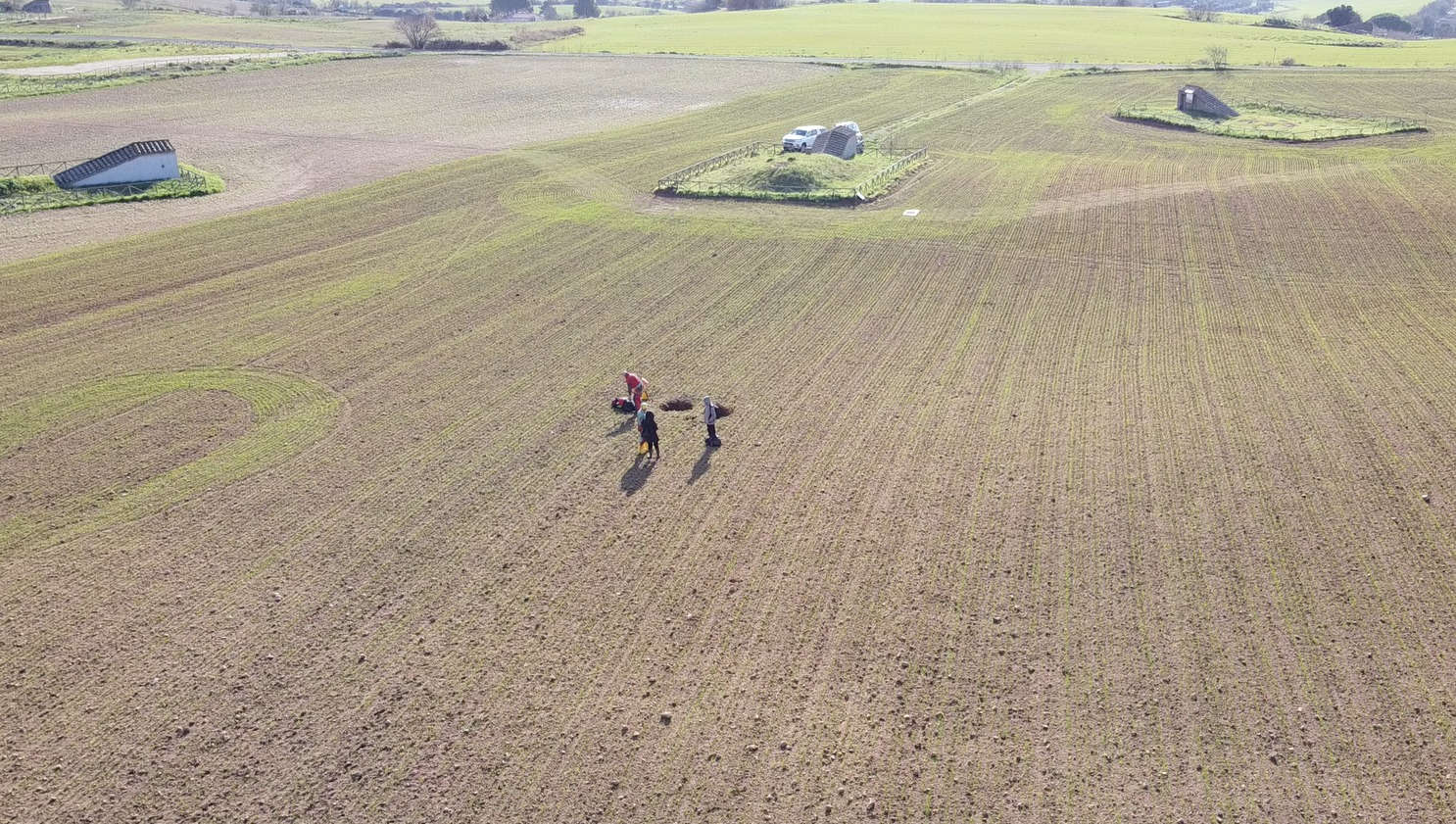
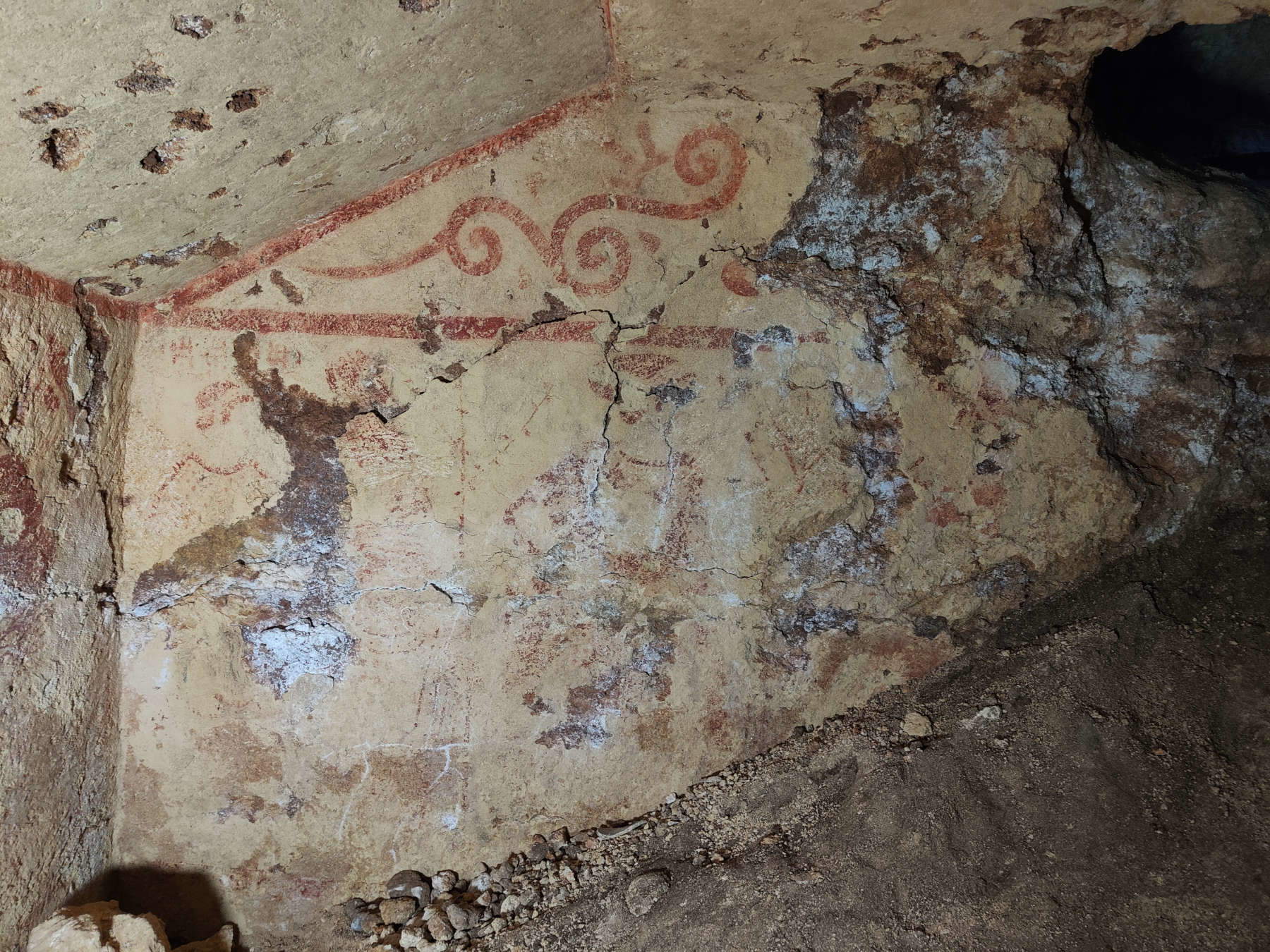
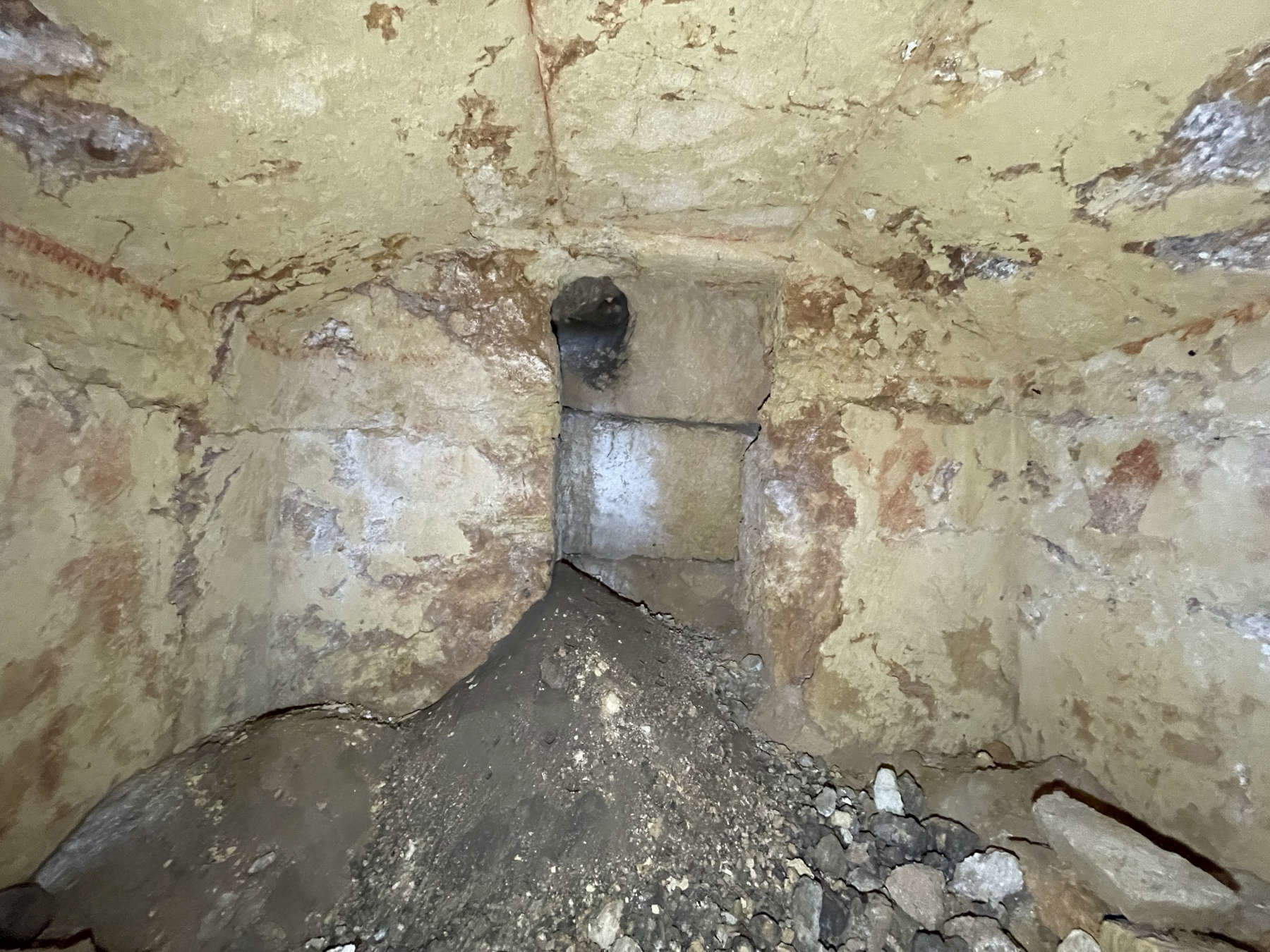
In order to prevent the site from being compromised by grave robbers or careless visitors, the Superintendency has maintained the utmost secrecy about the excavation operations Thanks to an extraordinary grant from the Ministry of Culture, archaeologists were able to conduct a meticulous intervention to secure the tomb and preserve its delicate balance: for these reasons, as well as to study what resurfaced, the news was announced two years after the actual discovery.
“After restoring access to the burial chamber,” explains Daniele F. Maras, the archaeological officer in charge of the discovery, now director of the National Archaeological Museum in Florence, “and once a metal door had been installed, the archaeological excavation showed that all the material collected did not belong to the trousseau of the painted tomb, which dates to the mid-5th century B.C, but had collapsed from the upper one, older by more than a century, from the end of the Orientalizing period.”
The archaeological investigation revealed a unique and complex situation. The painted tomb had been dug deep beneath a pre-existing burial. In ancient times, grave robbers had managed to penetrate the tomb by piercing the closing slab, looting the original grave goods. Later, the collapse of the upper chamber brought with it debris and objects, mixing them with the remains of the lower tomb.
All that remains of what once constituted the grave goods of the painted tomb are a few fragments of Attic red-figure pottery, evidence of the value of the objects laid with the deceased. However, the real treasure of the find is the frescoes decorating the walls of the burial chamber.
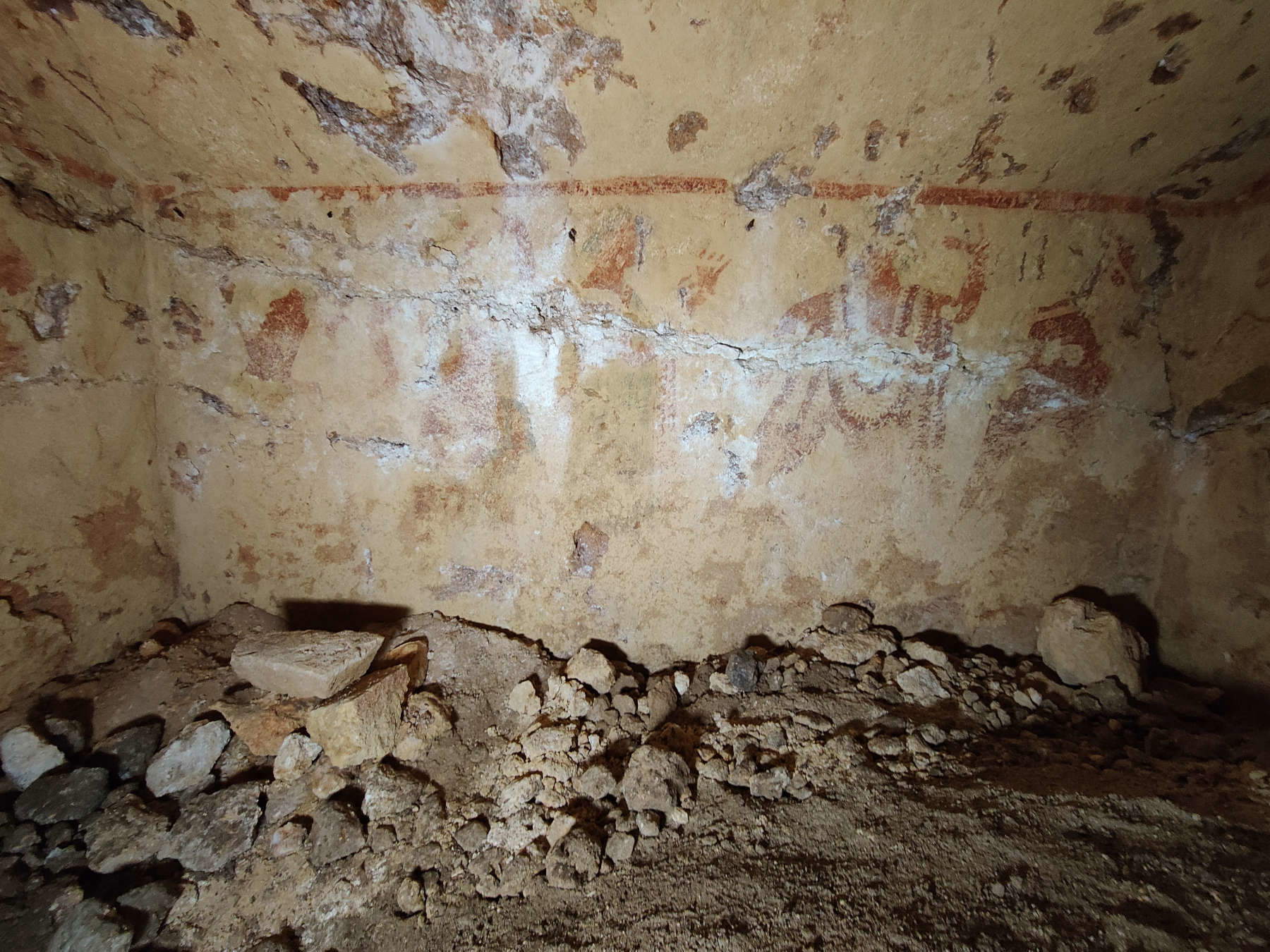
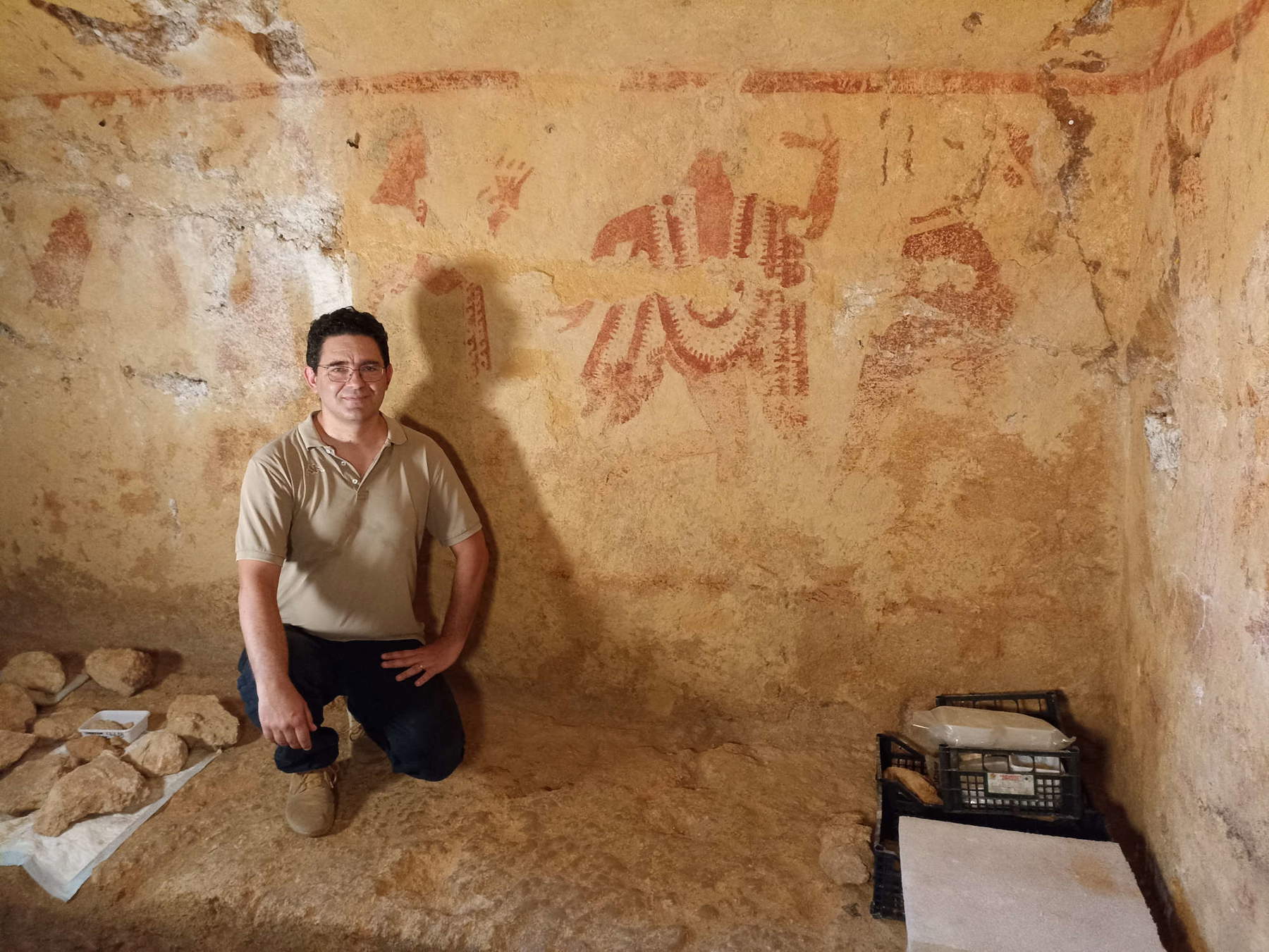
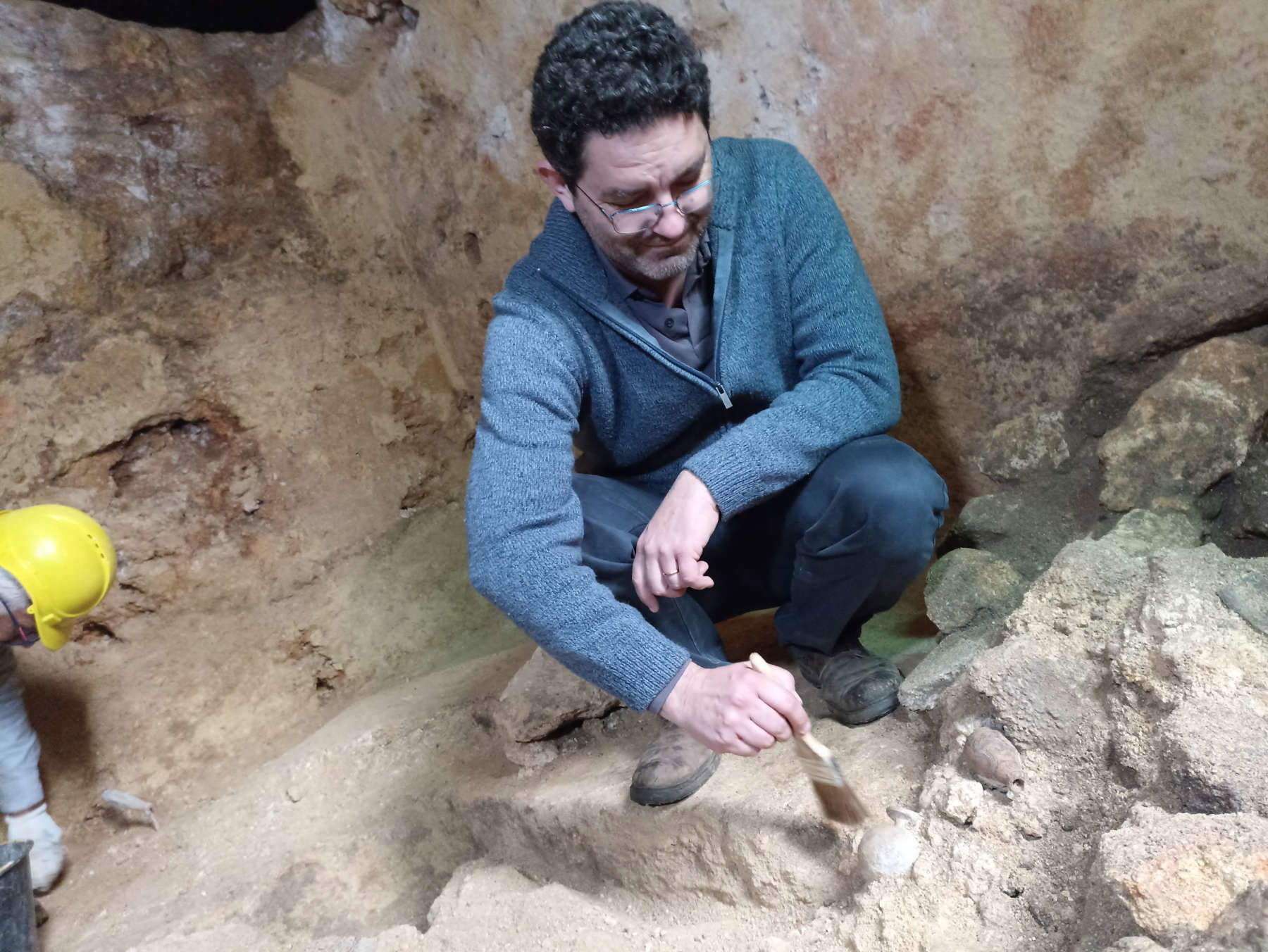
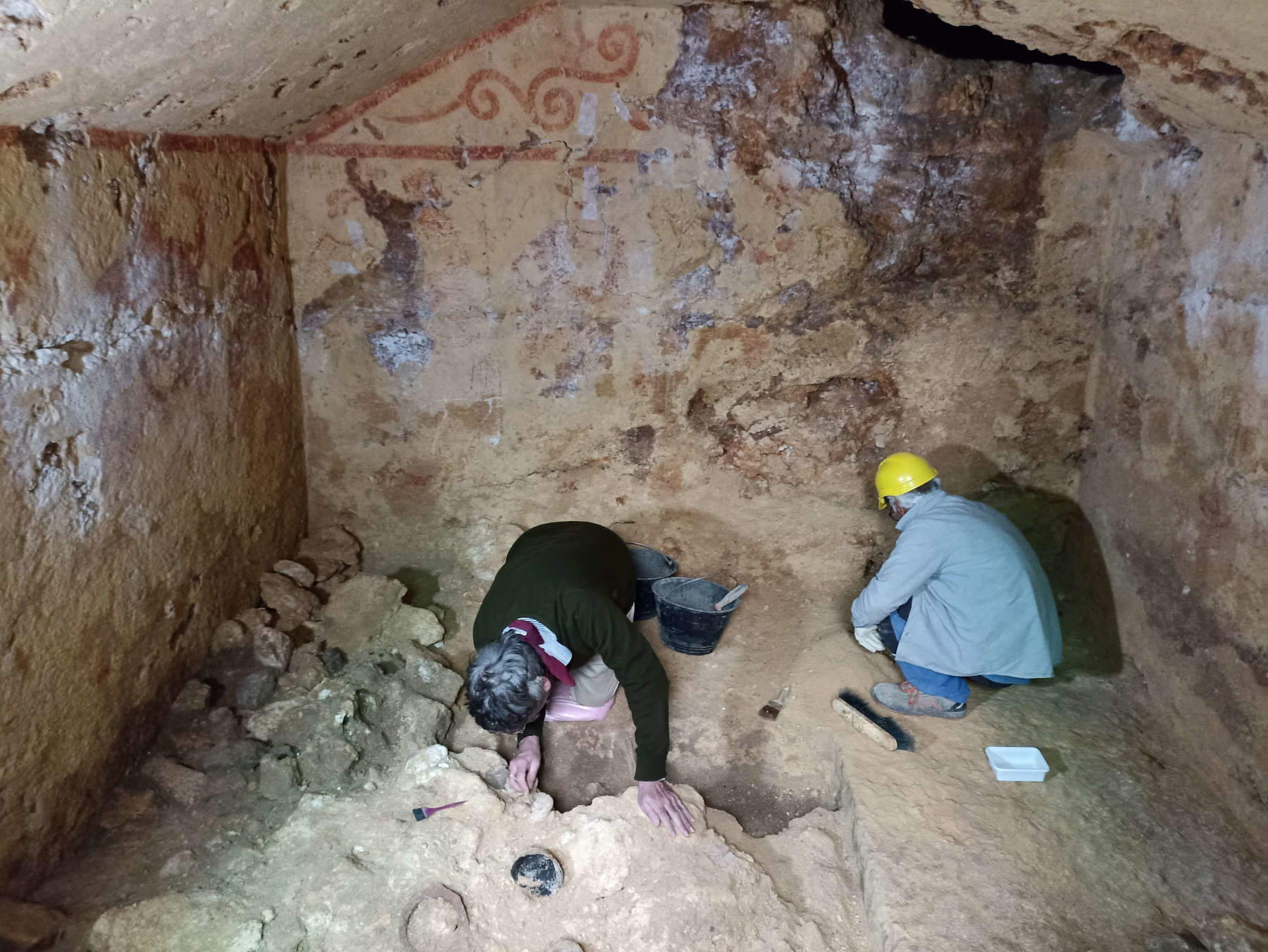
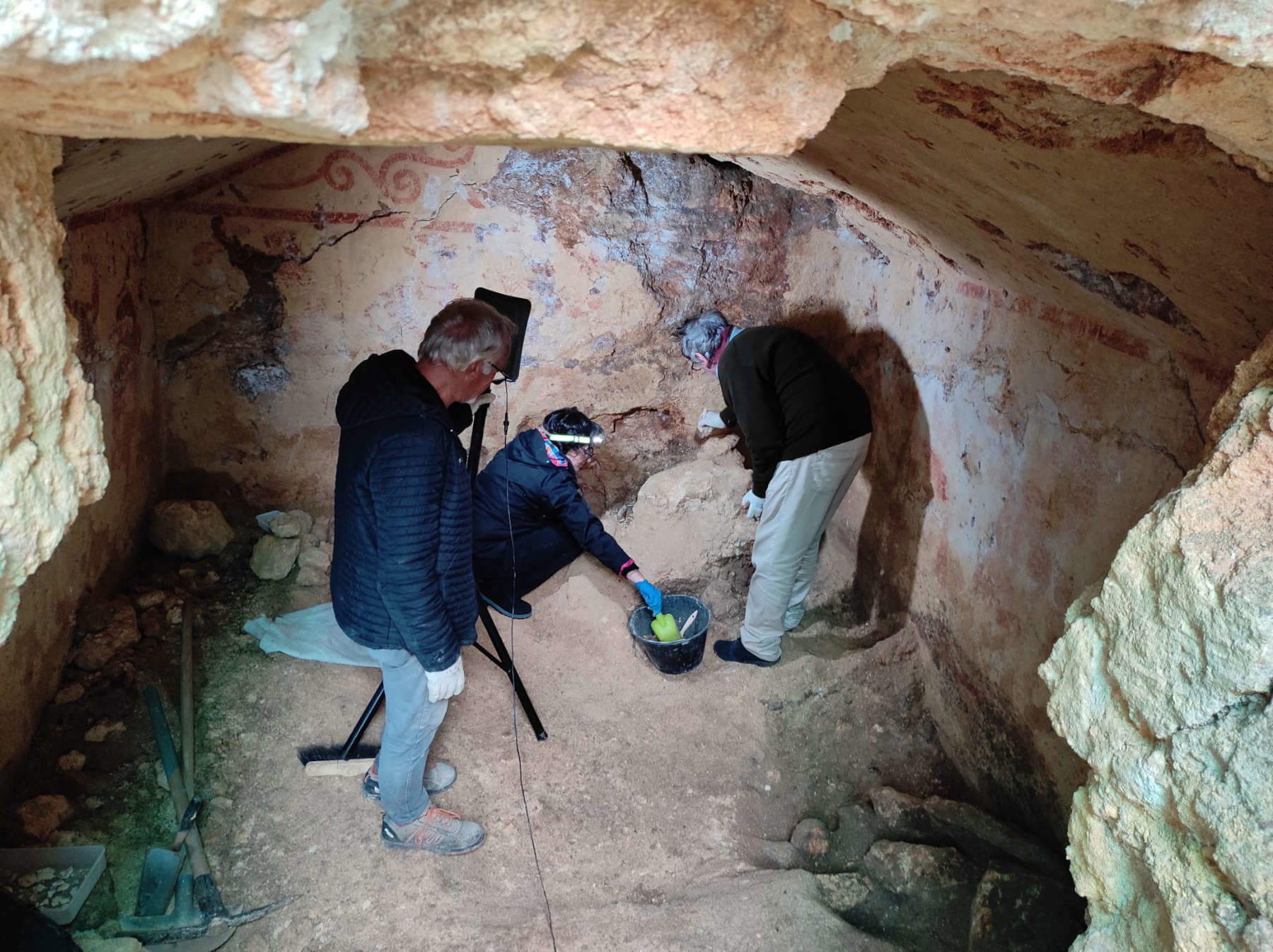
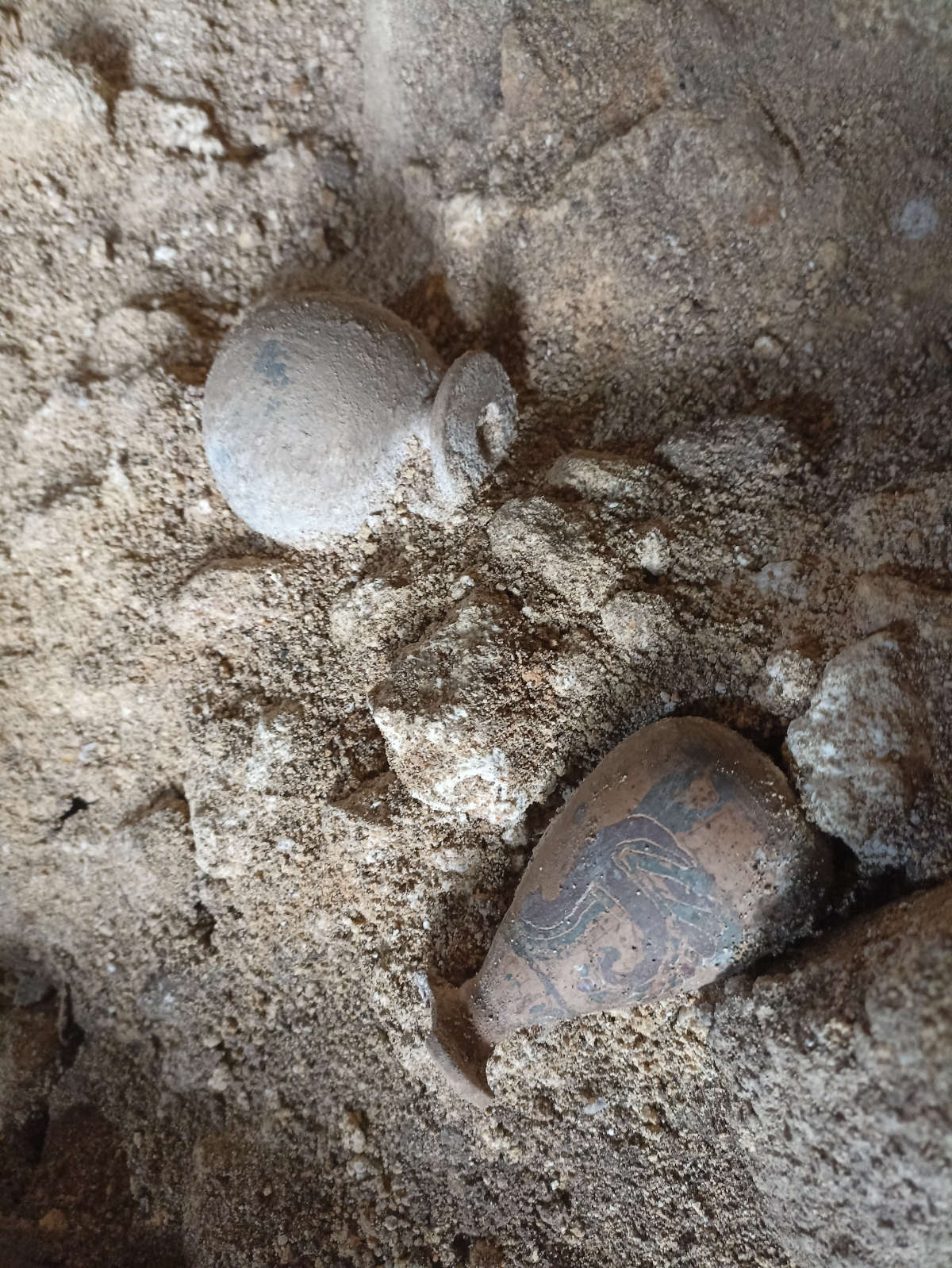
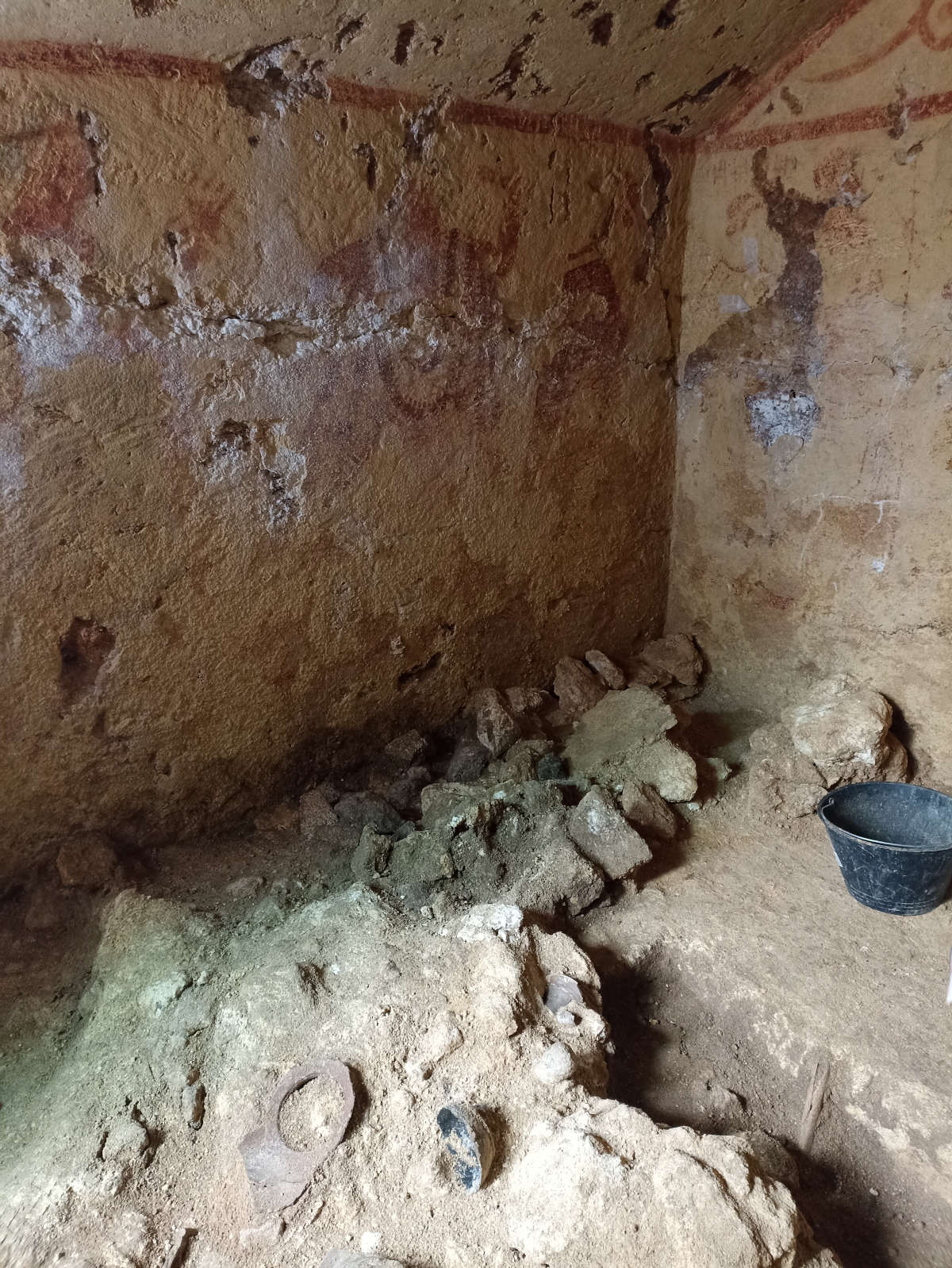
The wall paintings, still under restoration, offer a unique insight into Etruscan culture. The left wall is animated by a frenetic dance: men and women move in a circle around an elegant flute player, in a scene that expresses the vitality and taste for celebration typical of the Etruscan people.
On the back wall, however, the figures of a woman-perhaps the deceased-and two young men emerge, but part of the decoration has been irretrievably lost due to a collapse. Even more enigmatic is the right wall, where a working metal workshop emerges. Scholars speculate that it may represent the mythical workshop of the god Sethlans (Etruscan equivalent of Hephaestus), or a royal workshop belonging to the buried family.
Restoration work is still ongoing and requires extreme precision. “The extraordinary level of the paintings,” comments superintendent Margita Eichberg with satisfaction, “is already evident in the first piece of restoration, carried out by Adele Cecchini and Mariangela Santella, which highlights the refinement of the details of the figures of the flutist and one of the dancers.” Adds Daniele Maras, “For decades, this is the first new painted tomb with figured frieze to be discovered in Tarquinia and it promises to be very intriguing because of its history, artistic level and some of the scenes depicted, which are unique.”
The conservation project includes the construction of a protective structure around the tomb, equipped with a thermal break door to ensure optimal climatic conditions. In addition, archaeologists are applying advanced multispectral imaging technologies to recover the missing colors of ancient pigments. Early tests have already yielded surprising results, restoring new light to these extraordinary vestiges of Etruscan funerary art.
As the restoration proceeds, archaeologists continue to study the collected material to better understand the historical and social context of the tomb. The long-term goal is to make the site accessible to the public, allowing people to take a closer look at this extraordinary testament to Etruscan art and culture.
The discovery of Tomb No. 6438 is not only a great discovery for Italian archaeology, but a key piece in rediscovering the identity of a people who, through the beauty of their funerary paintings, continue to tell their story thousands of years later.
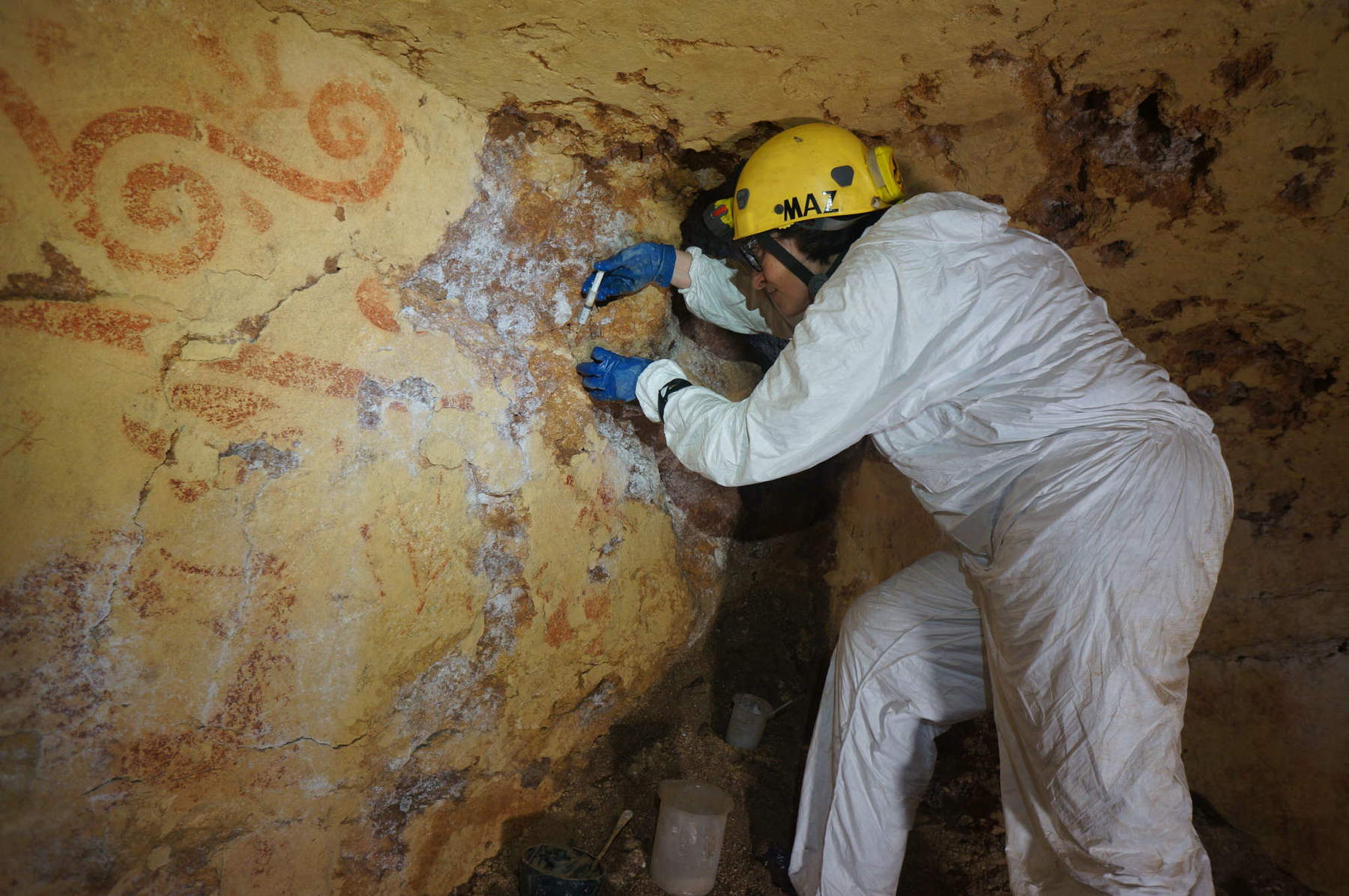
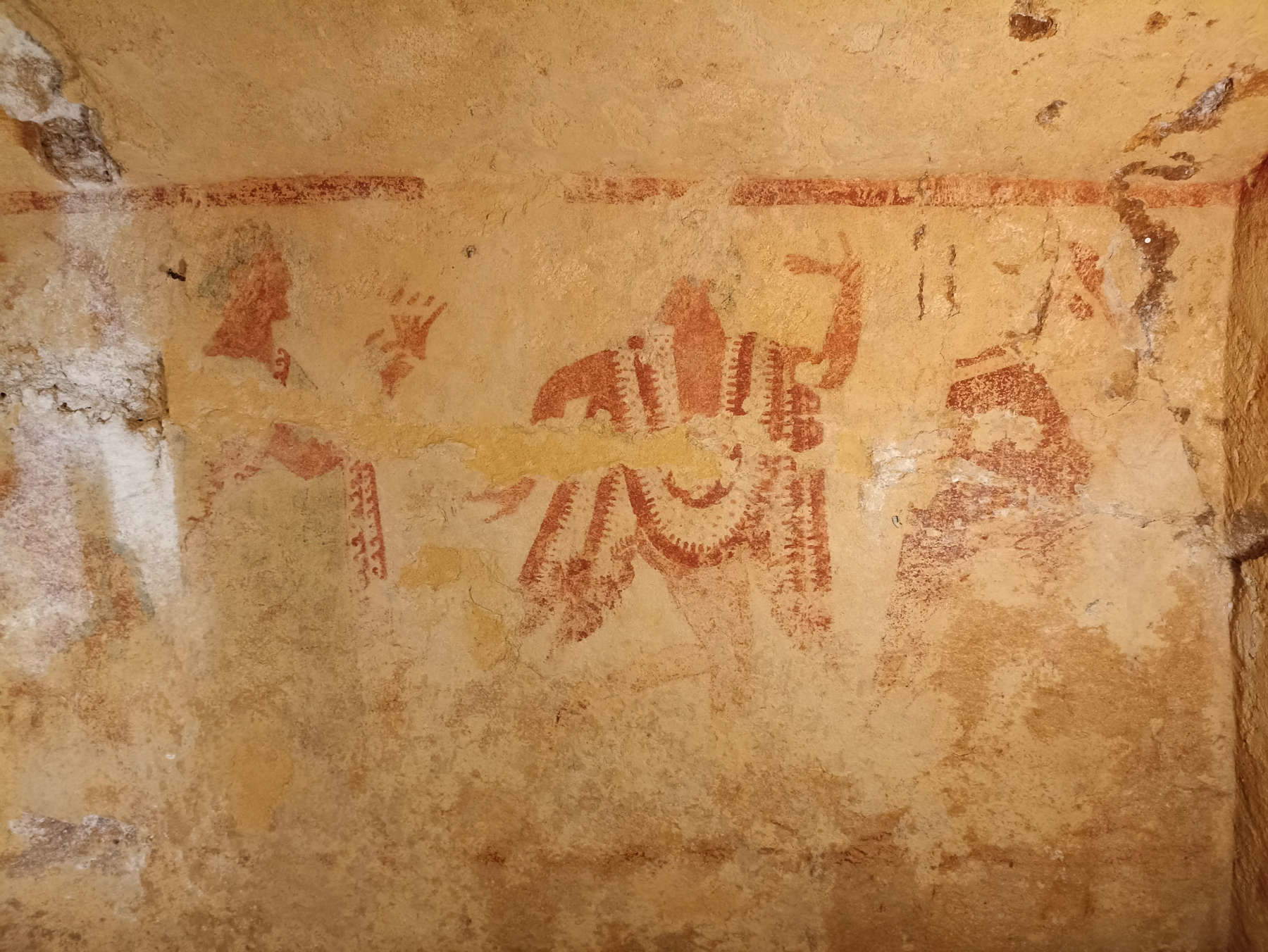
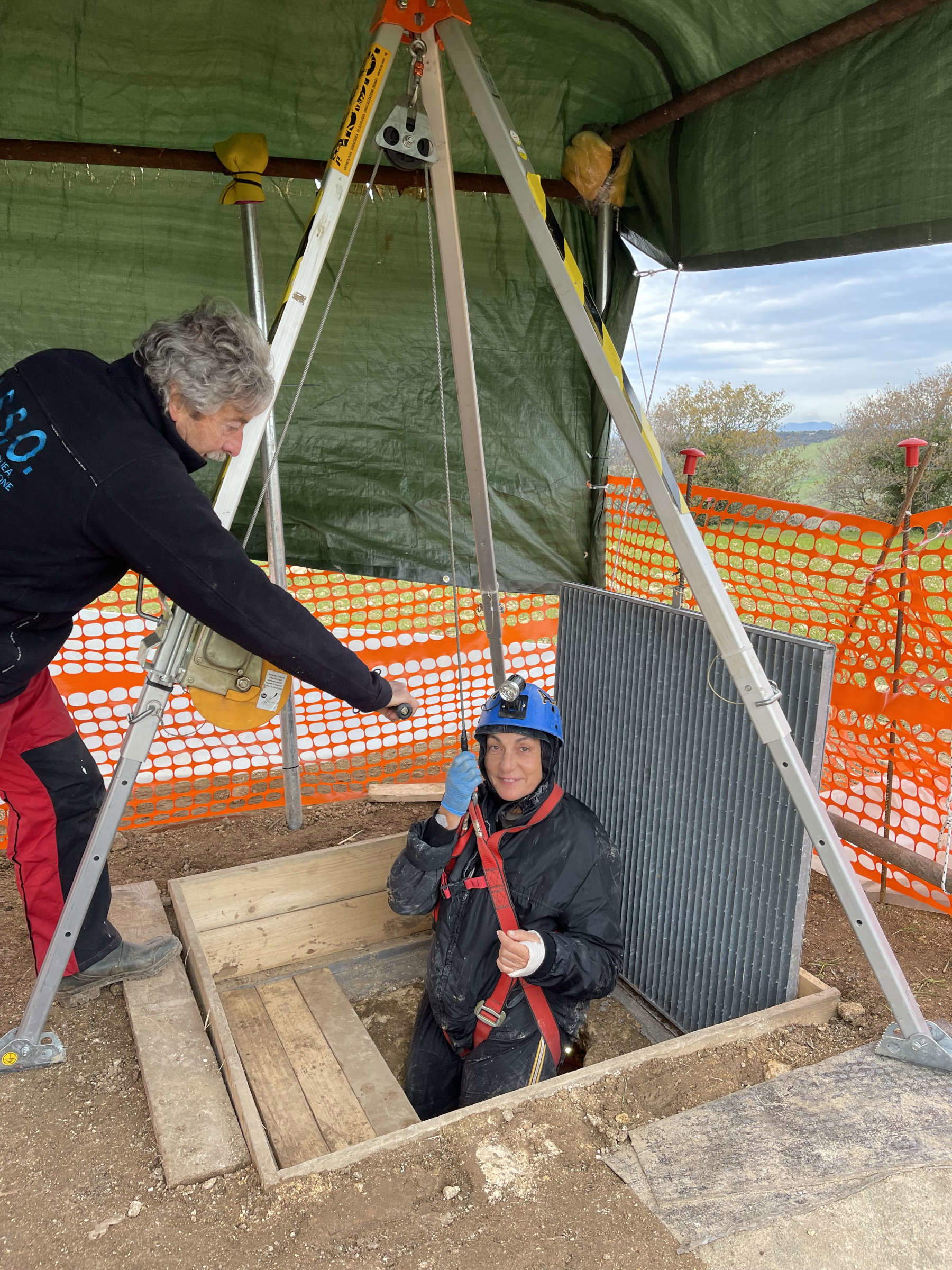
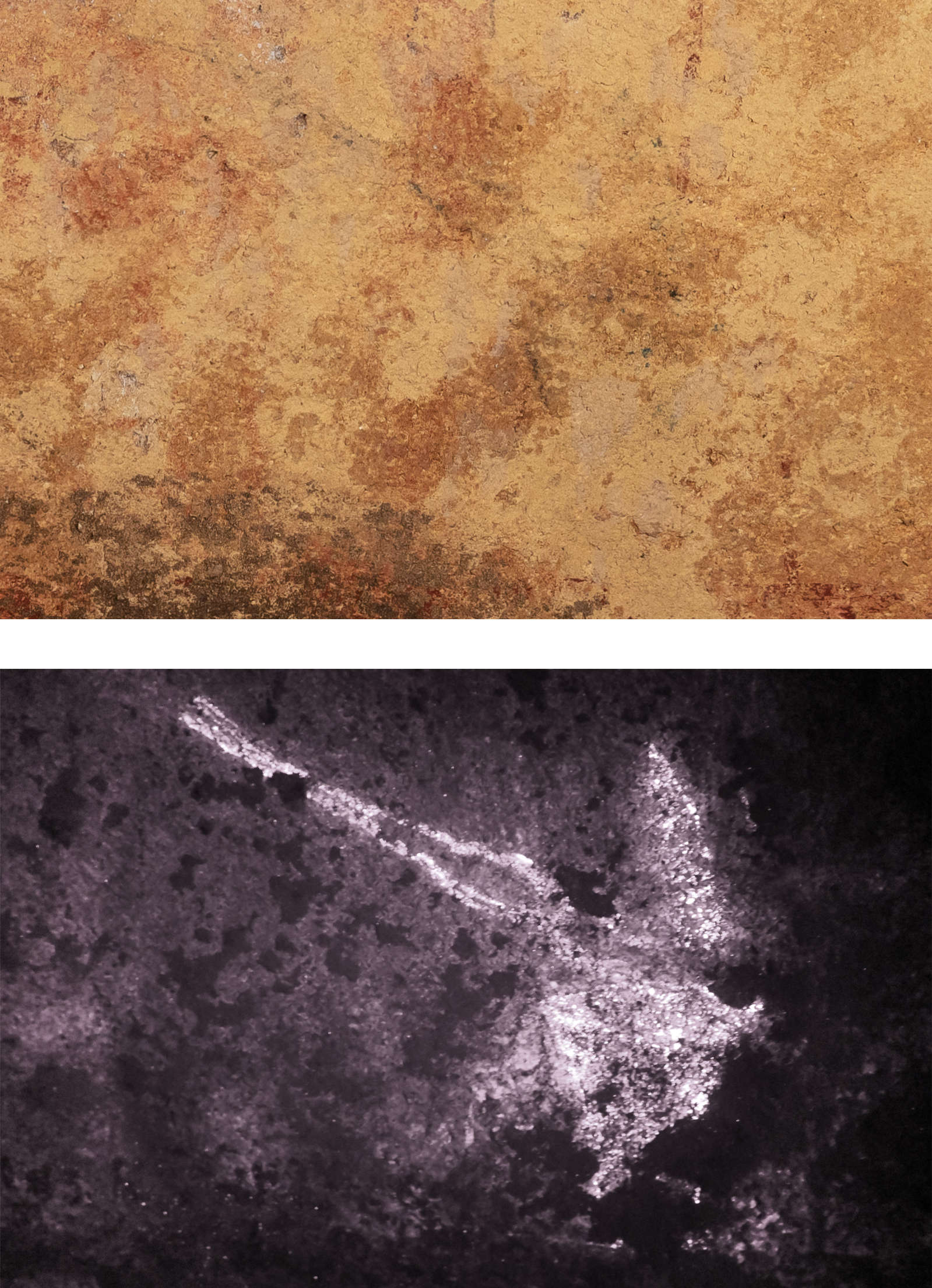
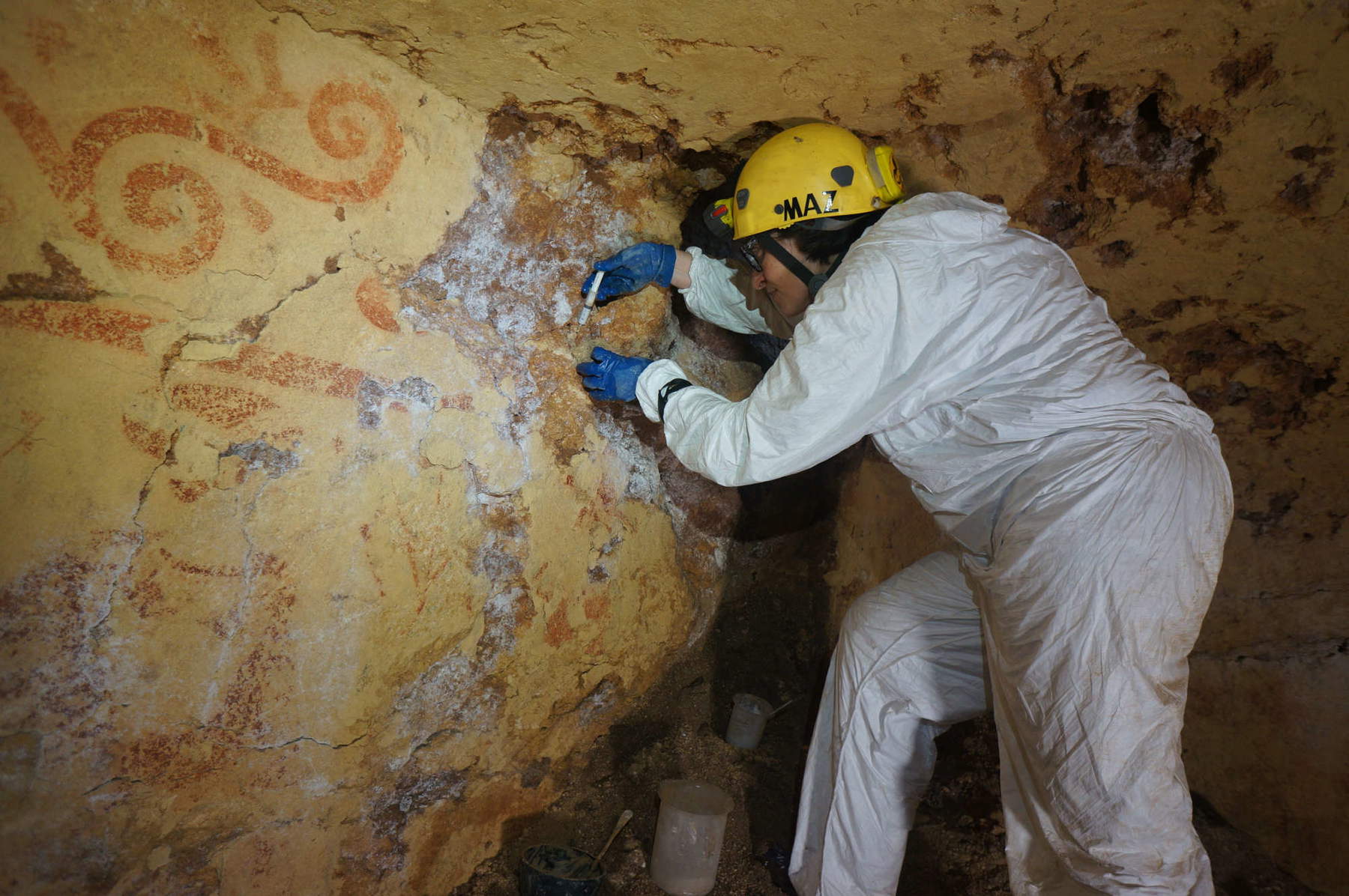 |
| Outstanding discovery in Tarquinia: new painted tomb in Etruscan necropolis |
Warning: the translation into English of the original Italian article was created using automatic tools. We undertake to review all articles, but we do not guarantee the total absence of inaccuracies in the translation due to the program. You can find the original by clicking on the ITA button. If you find any mistake,please contact us.